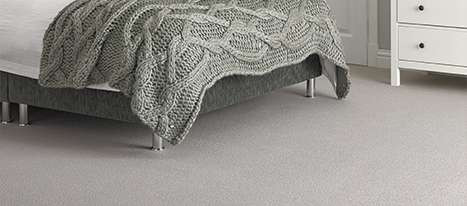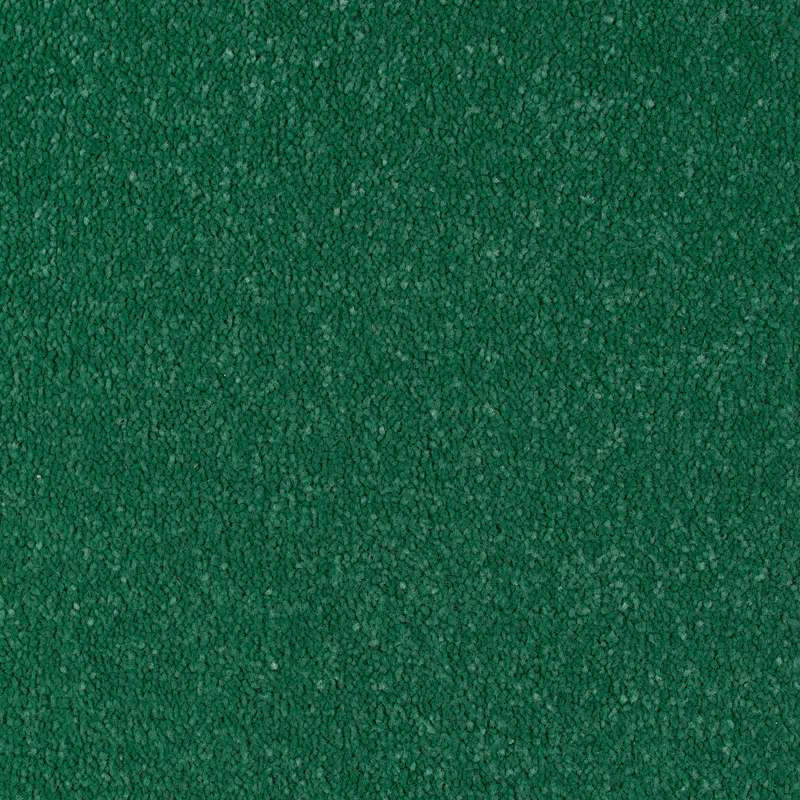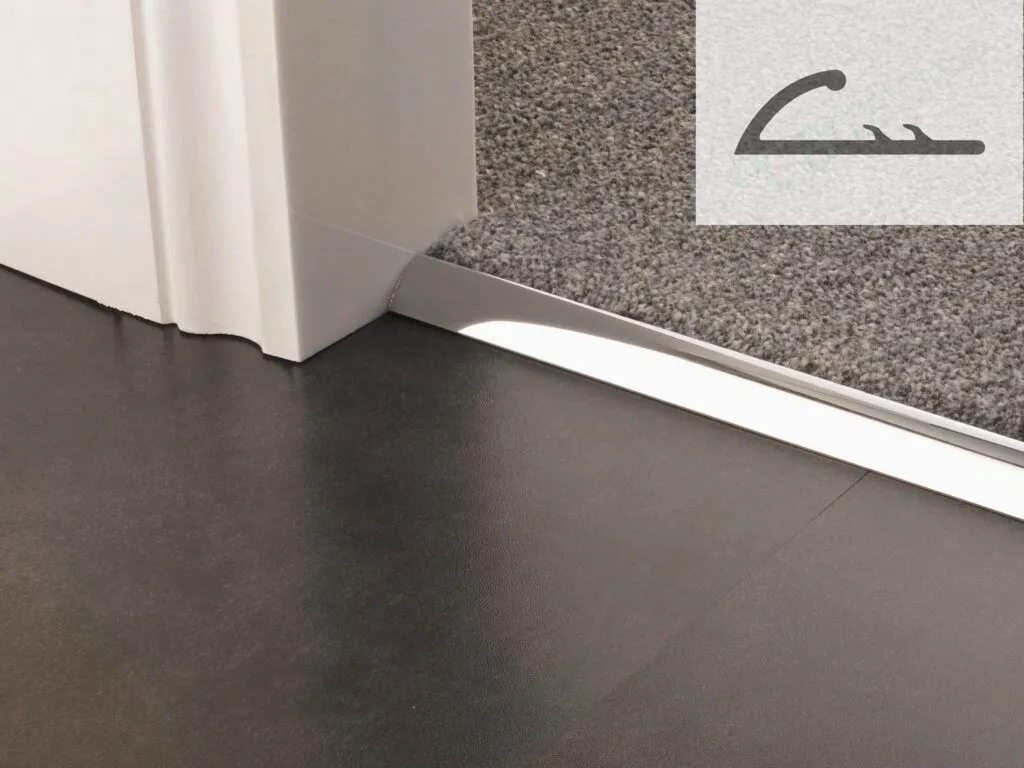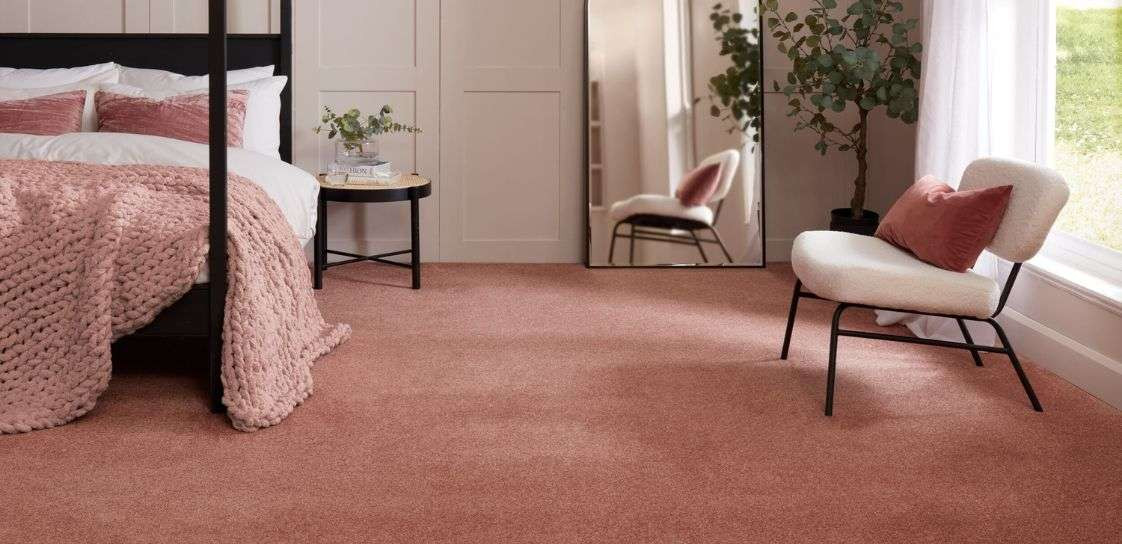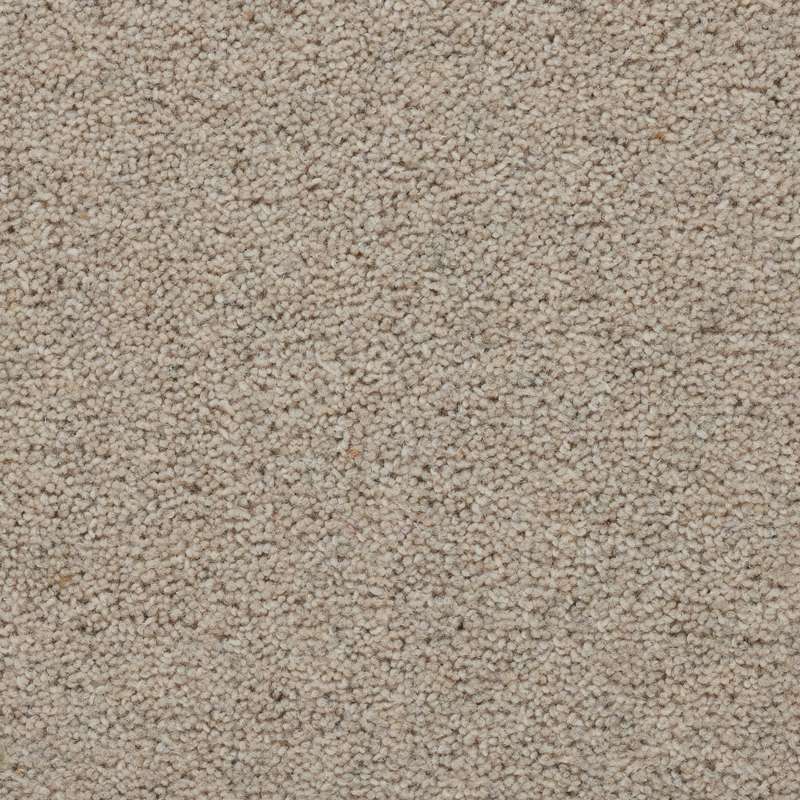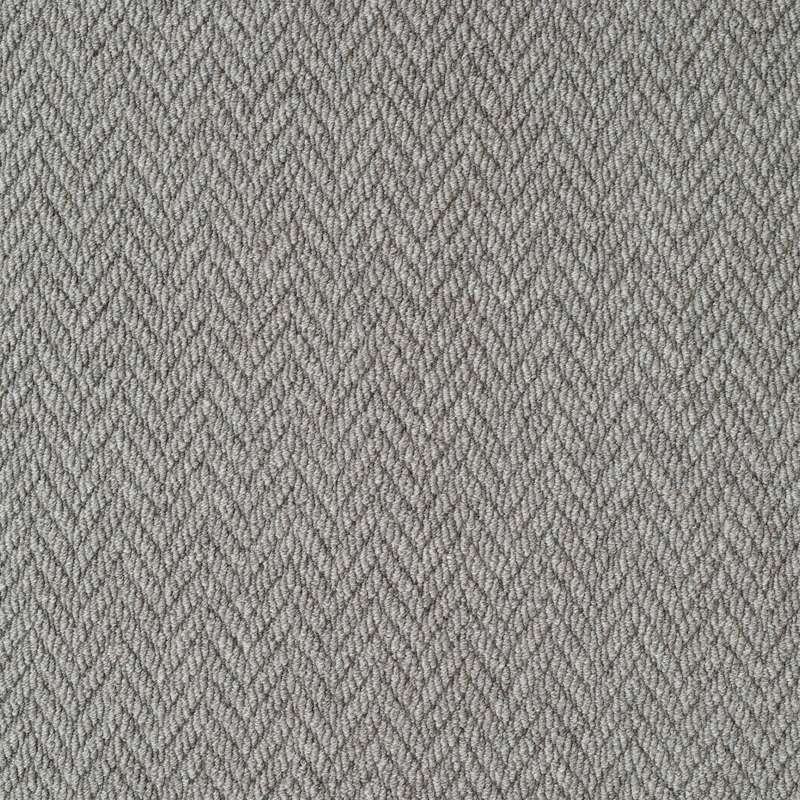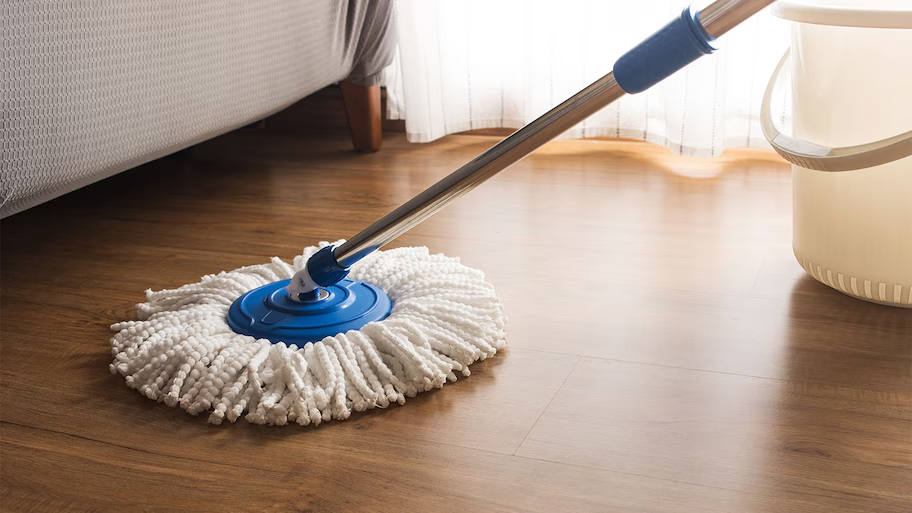A Guide to Wool Carpet
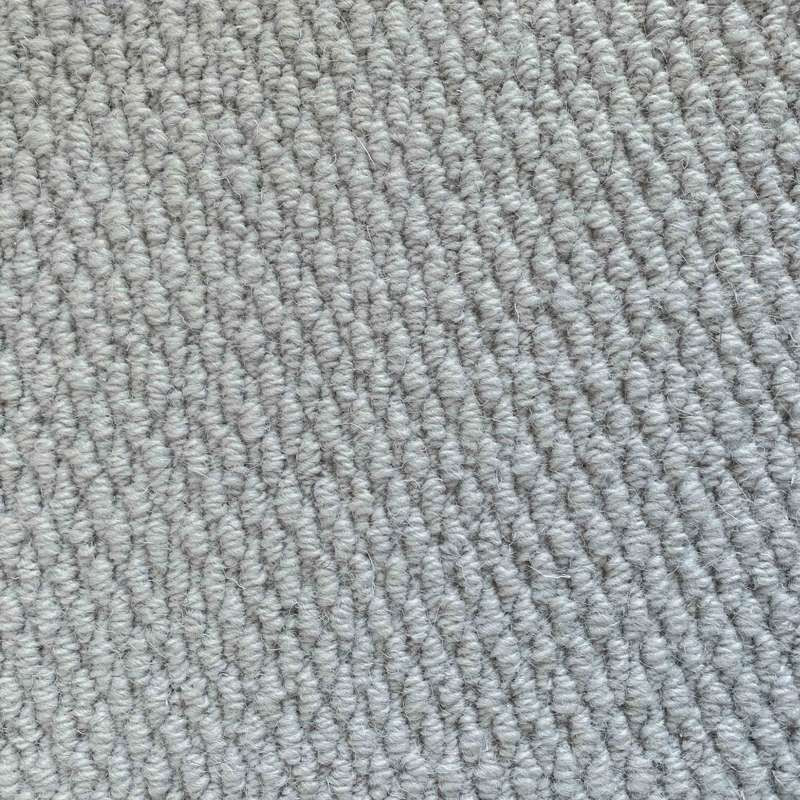
Wool carpeting is made from short lengths of wool sourced from sheep. These lengths are spun and twisted together to form long yarn threads that make up the carpet tufts. Although considered a higher-end product, wool is quite resilient. Its durability is rated from good to excellent, and with proper maintenance, it can withstand decades of wear.
Types of Wool Carpet
There are two main types of wool carpet: 100% wool carpet and 80/20 wool mix carpet.
- 100% Wool Carpet: Examples include our Rustic Wool Berber Loop Carpet.
- 80/20 Wool Blend Carpet: Examples include our Lakeside Twist 50z Twist Pile Carpet.
- 50/50 Wool and Polypropylene Mix: Our Orphir wool carpet combines 50% wool and 50% polypropylene for extra durability.
Caring for and Maintaining Wool Carpets
Wool carpets are luxurious and durable but require proper care to ensure their longevity. Here are some tips:
- Cleaning: Regular vacuuming is essential to remove dirt, dust, and debris. Use a vacuum cleaner with a rotating brush or beater bar to lift and remove embedded particles. Professional deep cleaning by a reputable service is recommended every 12 to 18 months to remove deep-seated dirt and revive the carpet’s appearance.
- Stain Removal: Wool carpets can stain, so act quickly when spills occur. Blot up liquid spills with a clean, absorbent cloth or paper towels, and avoid rubbing. Use a wool-safe carpet cleaner or a mild detergent solution to treat stains, following the manufacturer’s instructions.
- Vacuuming: Vacuum your wool carpet at least once a week, more frequently in high-traffic areas. Use a vacuum cleaner with a HEPA filter to capture fine particles and allergens.
- Protection: Consider applying a wool carpet protector or Scotchgard to help repel stains and make future cleaning easier. These products create a protective barrier on the carpet fibers.
- Lifespan: With proper care, a high-quality wool carpet can last for 20 years or more. Rotate furniture periodically to prevent excessive wear in high-traffic areas, and use area rugs or runners in entryways and other high-traffic zones to protect the underlying carpet.
Pros and Cons of Wool Carpet
Pros:
- Durability: Wool fibers are incredibly resilient and can withstand heavy foot traffic, making them ideal for high-traffic areas. They are less prone to matting, crushing, and shedding compared to synthetic carpets, ensuring a longer lifespan.
- Stain Resistance: Wool naturally repels liquids and dirt, making spills bead up on the surface for easier cleaning and preventing stains from setting in.
- Insulation: Wool is an excellent insulator, helping to regulate indoor temperatures. It traps air pockets, providing natural insulation that keeps your home warm in winter and cool in summer, potentially reducing energy costs.
- Hypoallergenic: Wool carpets are naturally hypoallergenic and resistant to dust mites, making them suitable for individuals with allergies or respiratory issues.
- Fire Resistance: Wool is naturally fire-resistant, making wool carpets a safer option compared to more flammable synthetic carpets.By choosing wool carpets, you not only invest in a luxurious and comfortable flooring solution but also benefit from their exceptional durability, stain resistance, insulation properties, and eco-friendly nature, making them a wise choice for any home.
- Pros
- Very durable
- Stain resistant
- Great colourfastness
- More sustainable
- Improved insulation
- Hypoallergenic
- Cons
- More expensive
- Shedding of wool fibres
- Sensitive to sunlight
